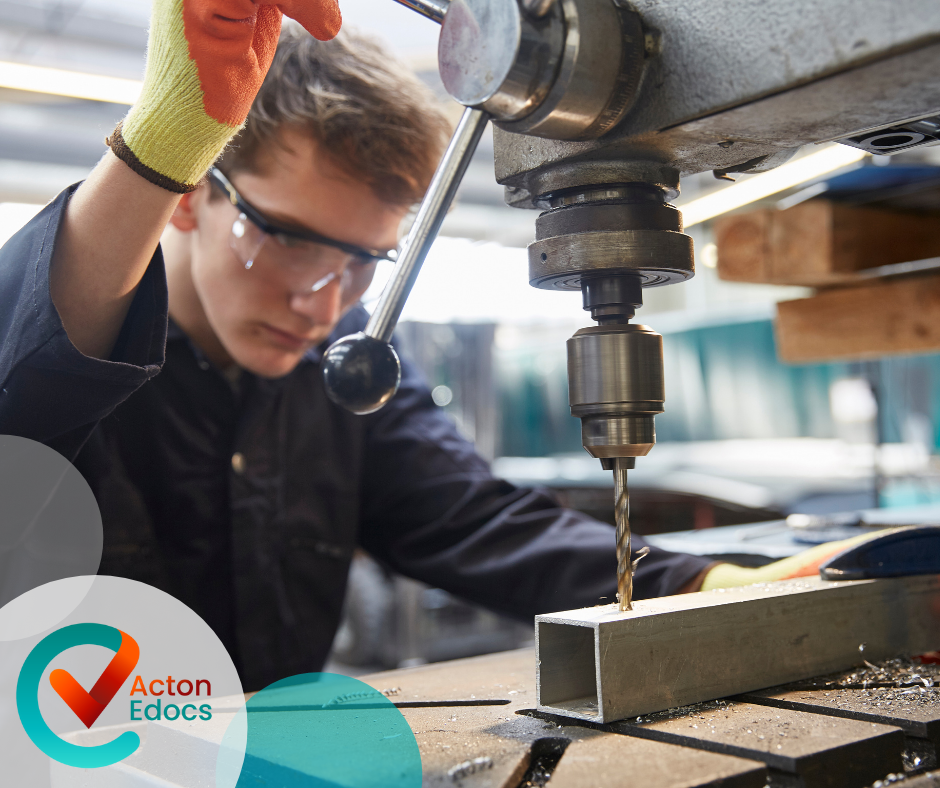
Machining can be a dangerous task; turning, milling, and drilling all have their own associated hazards and risks, which is why it is essential to know the equipment you are about to use is functioning as it should, and is ready to use safely.
So, let’s take a look at a few ways to keep the machines, and yourself, in good working order while operating them.
Regular Maintenance
Regular maintenance of functional aspects of a machine can identify problems or damage long before it becomes a threat. Let’s take a pillar drill; are the drill bits in good condition? Are all turning mechanisms moving freely without hindrance? Is the table steady and secure?
These simple checks can help to identify a problem long before it can cause an incident, such as a drill bit breaking, or a loose wheel falling out of place. Spotting, reporting, and repairing it early could be the difference between safe machine usage and losing a finger, so make sure to check everything thoroughly before and after use.
Safeguards and Shields
Additional preventative measures should be installed on the machine and should always be checked prior to use. Screen guards should be free from damage and secured in place, with a functioning hinge (if appropriate) that does not jam and rotates freely.
Emergency stops and isolation switches should all be checked often (as outlined in the Risk Assessment and Safe Systems of Work) by a certified maintenance engineer, to ensure their full functionality. If an emergency stop or isolation switch is malfunctioning, then a minor injury could become a much more serious injury in the event of an incident.
Protective Equipment
Always wear the appropriate Personal Protective Equipment (PPE) as outlined in the relevant risk assessment. For example, eye protection, gloves, and aprons/overalls should all be worn as appropriate, and thoroughly checked for damage before and after each use.
For example, are the safety glasses free from scratches? Have the gloves suffered damage to the stitching, or do they have any holes in the material? Do the overalls/apron still fit comfortably and cover all relevant sensitive areas? Replacement PPE should be made available to all staff by the Health and Safety Lead in your business, free of charge for the manufacturing process that they are required for.
Sweeping Up
When you’ve finished, remember to sweep up any offcuts, swarf and debris from the process and dispose of them appropriately, so that they don’t become jammed in the moving mechanisms of the machine or get in the way of any user processes. After all, getting metal filings stuck in your gloves or clothing is incredibly uncomfortable, although not nearly as bad as having swarf or offcuts thrown at you at high speed from a rotating chuck on a centre lathe!
It’s a very simple thing, but it could prevent the next user from having a bad accident or suffering an injury.
While these are all relatively simple measures, they can often be overlooked, so be sure to keep them in mind the next time you or a colleague is using machining equipment; it could prevent a serious injury! We hope this article has been useful to you, and while you’re here, why not check out some of our other articles over at: Acton E-Docs | Blog
